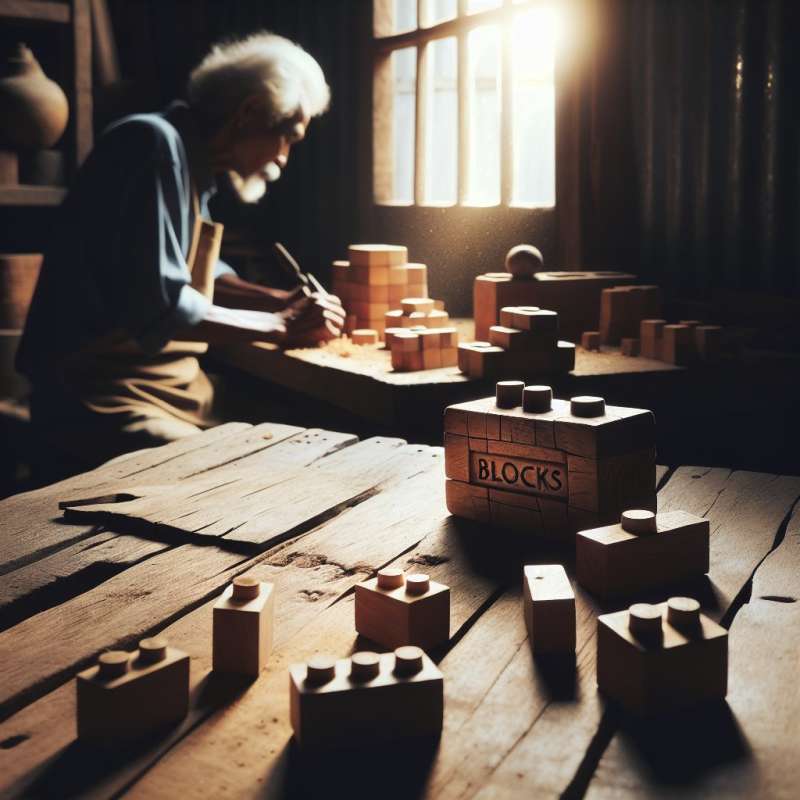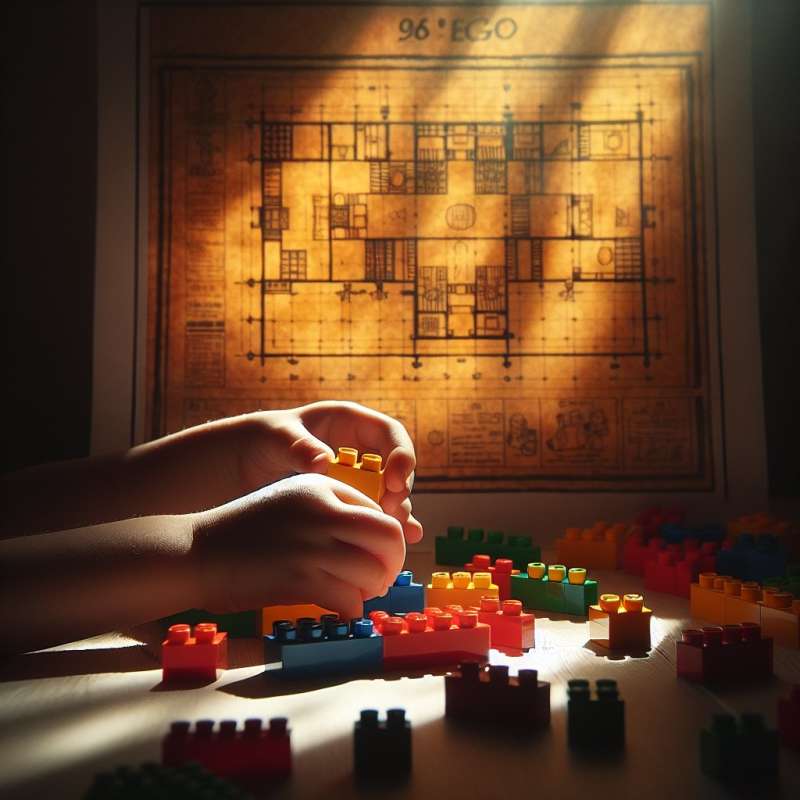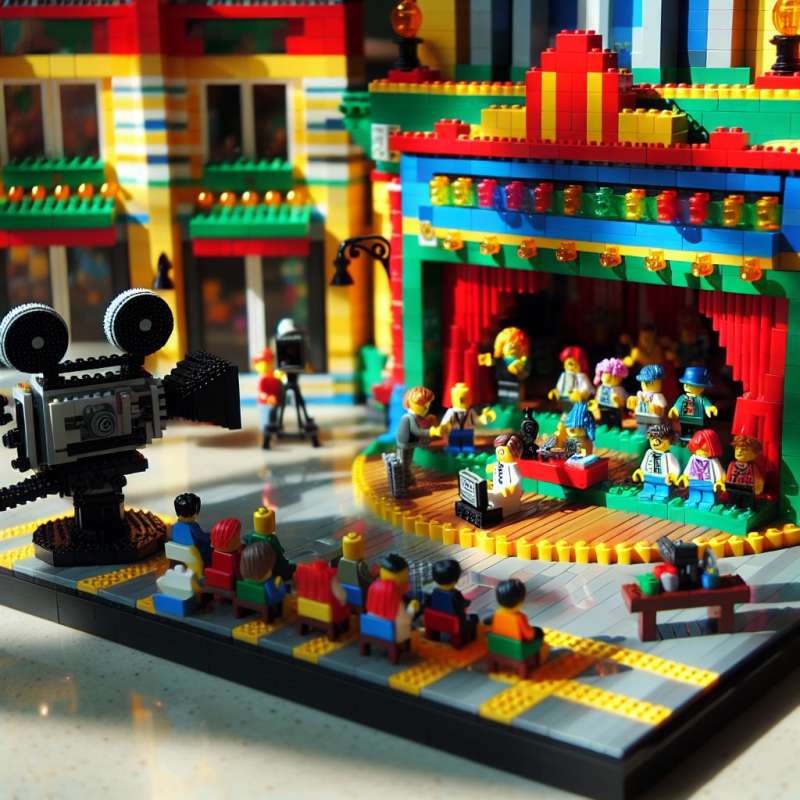
The Origin of LEGO
LEGO began in 1932 in Denmark, founded by Ole Kirk Christiansen. Initially, LEGO produced wooden toys. The name 'LEGO' is derived from 'leg godt,' Danish for 'play well.'
Invention of LEGO Bricks
The iconic LEGO brick was patented in 1958. Its unique design, with interlocking stud-and-tube connection, allows for strong and stable constructions while being easy to disassemble.
LEGO's Global Expansion
LEGO expanded globally in the 1960s, reaching Germany, UK, and Sweden. By the 1980s, LEGO had become a household name synonymous with creativity and quality construction toys.
LEGO's Versatile Material
LEGO bricks are made from acrylonitrile butadiene styrene (ABS). This thermoplastic polymer provides durability, a slight sheen, and the perfect clutch power for secure connections.
Robotics and Programming
LEGO Mindstorms, launched in 1998, introduced robotics and programming to LEGO's capabilities. It is widely used in education to teach these subjects in a hands-on manner.
LEGO Goes to Hollywood
LEGO's venture into media led to the highly successful 'The LEGO Movie' in 2014. It spawned a franchise that combined LEGO's brand with popular culture and storytelling.
LEGO as Art and Therapy
Beyond play, LEGO is used in art installations and therapy. It aids in fine motor skills development, fosters creativity, and is used by therapists for communication in child psychology.
When was LEGO founded?
1958 in Denmark
1932 in Denmark
1960s in Sweden
Company